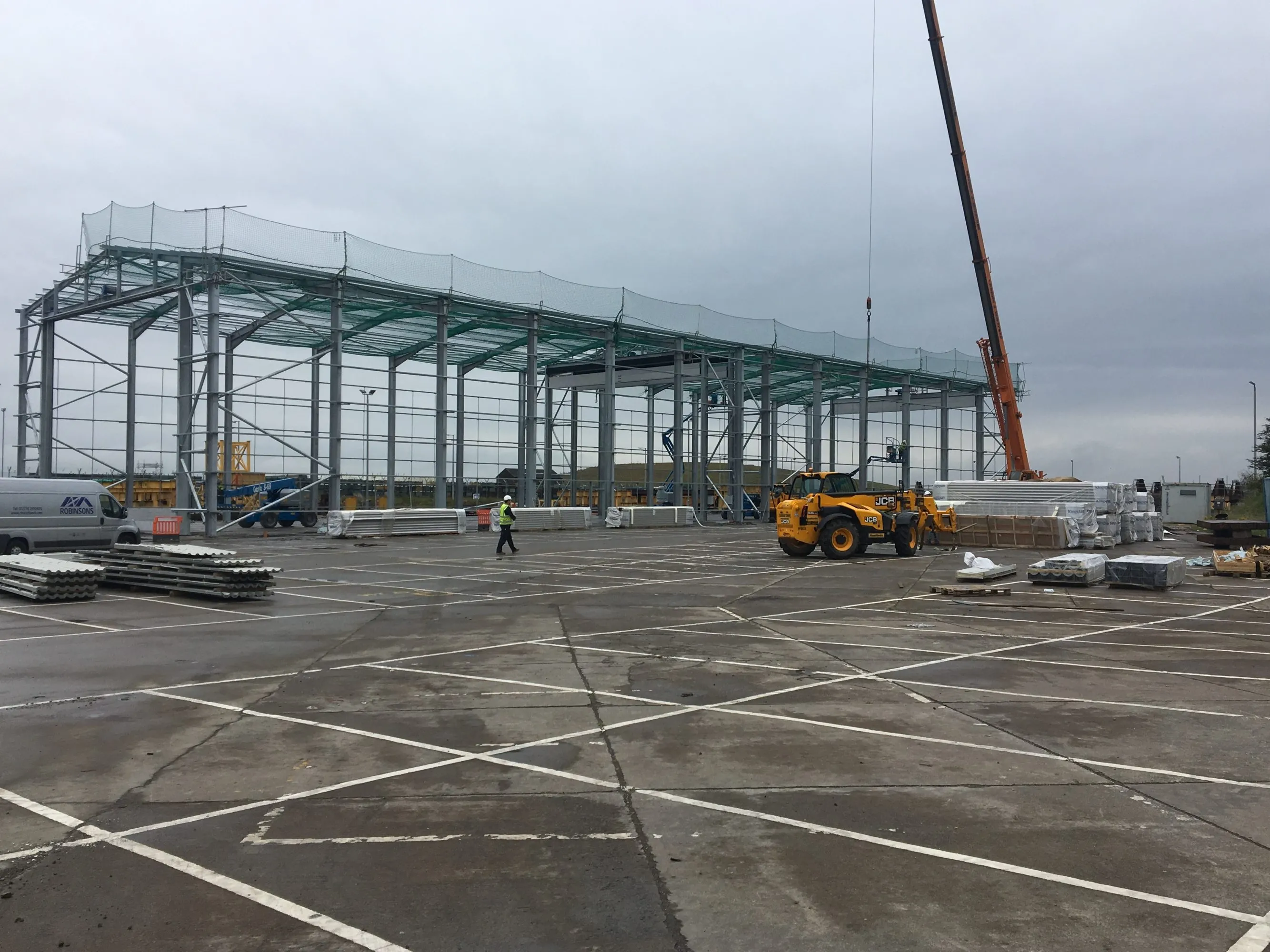- Afrikaans
- Albanian
- Amharic
- Arabic
- Armenian
- Azerbaijani
- Basque
- Belarusian
- Bengali
- Bosnian
- Bulgarian
- Catalan
- Cebuano
- Corsican
- Croatian
- Czech
- Danish
- Dutch
- English
- Esperanto
- Estonian
- Finnish
- French
- Frisian
- Galician
- Georgian
- German
- Greek
- Gujarati
- Haitian Creole
- hausa
- hawaiian
- Hebrew
- Hindi
- Miao
- Hungarian
- Icelandic
- igbo
- Indonesian
- irish
- Italian
- Japanese
- Javanese
- Kannada
- kazakh
- Khmer
- Rwandese
- Korean
- Kurdish
- Kyrgyz
- Lao
- Latin
- Latvian
- Lithuanian
- Luxembourgish
- Macedonian
- Malgashi
- Malay
- Malayalam
- Maltese
- Maori
- Marathi
- Mongolian
- Myanmar
- Nepali
- Norwegian
- Norwegian
- Occitan
- Pashto
- Persian
- Polish
- Portuguese
- Punjabi
- Romanian
- Russian
- Samoan
- Scottish Gaelic
- Serbian
- Sesotho
- Shona
- Sindhi
- Sinhala
- Slovak
- Slovenian
- Somali
- Spanish
- Sundanese
- Swahili
- Swedish
- Tagalog
- Tajik
- Tamil
- Tatar
- Telugu
- Thai
- Turkish
- Turkmen
- Ukrainian
- Urdu
- Uighur
- Uzbek
- Vietnamese
- Welsh
- Bantu
- Yiddish
- Yoruba
- Zulu
Nov . 29, 2024 17:08 Back to list
Metal Building Truss Design An Overview
Metal building trusses are structural components utilized in a variety of construction projects, particularly in large span structures such as warehouses, factories, and sports facilities. As with any engineering design process, truss design combines principles of mechanics, material science, and architectural integrity to ensure the final product meets both safety standards and functional requirements. In this article, we will delve into the key aspects of metal building truss design, including types of trusses, materials used, design considerations, and applications.
Understanding Trusses
A truss is defined as a frame structure composed of triangular units that distribute loads across its framework. This design inherently provides high strength while minimizing material use, making trusses an efficient choice for spanning large distances without significant support. The triangular shape is crucial, as it keeps the structure stable and allows it to bear heavy loads with relative ease.
There are several common types of trusses used in metal building construction, including the Pratt truss, Howe truss, and Warren truss. Each design has unique characteristics suited for different loading conditions and building requirements. For example, Pratt trusses have diagonal members that slope towards the center, making them ideal for structures that experience heavy downward loads. On the other hand, Warren trusses feature equilateral triangles, providing uniform load distribution and simplified calculations.
Materials in Truss Design
The choice of materials is pivotal in truss design, as it directly impacts the truss's strength, durability, and overall functionality. Steel is the most commonly used material in metal building trusses due to its high tensile strength and ductility. Structural steel can be manufactured into various profiles, which can enhance the functionality and aesthetic of the overall structure.
Aluminum is another material option, especially favorable for projects requiring lightweight structures and corrosion resistance
. However, it is generally less effective than steel in terms of load-bearing capacity, which may limit its applications in larger designs.Additionally, consideration may be given to galvanized finishes or coatings for steel trusses. These treatments help prevent rust and extend the lifespan of the structure while reducing maintenance efforts.
metal building truss design

Design Considerations
Effective metal building truss design involves a number of critical considerations. First, understanding and accurately calculating the load conditions is essential. Loads can be categorized as dead loads (permanent static loads) and live loads (temporary dynamic loads such as people, equipment, and environmental factors like snow or wind).
The geometry of the truss also plays a significant role in the design process. The angle and length of the members must be carefully calculated and modeled to ensure the truss can withstand the anticipated loads without compromising structural integrity. Engineers often use software tools for modeling and simulation to optimize these variables.
Consideration of deflection limitations is equally important. While metal trusses are strong, excessive deflection can lead to structural issues or aesthetic challenges in a building's architecture. Building codes often specify the acceptable limits for deflection, which must be adhered to throughout the design process.
Applications of Metal Building Trusses
Metal building trusses are widely used across various sectors, mainly due to their versatility and strength. They can be found in large commercial buildings such as shopping centers and aircraft hangars, municipal facilities like gymnasiums and community centers, as well as industrial settings including factories.
Additionally, these trusses can be adapted for residential structures, particularly in modern designs that utilize open floor plans and large vaulted ceilings. As the demand for sustainable practices increases in construction, metal building trusses enhance the overall efficiency of materials used, aligning well with green building initiatives.
In conclusion, metal building truss design is a complex yet rewarding aspect of structural engineering. By thoughtfully selecting materials, considering load conditions, and understanding the applications, engineers and architects can create safe, durable, and efficient structures that meet diverse needs across the construction industry. As technology advances, the potential for innovative truss designs will continue to expand, leading to even greater possibilities in the future of metal building construction.
-
How Do Prefabricated Steel Structures Transform Modern Construction?
NewsJul.14,2025
-
How Do Prefabricated Metal Buildings Redefine Modern Construction?
NewsJul.14,2025
-
How Do Prefab Insulated Metal Buildings and Steel Structures Revolutionize Modern Construction?
NewsJul.14,2025
-
How Do Pre - Engineered Steel Structures Redefine Modern Construction?
NewsJul.14,2025
-
Advancing Modular Construction with Prefabricated Metal Structures
NewsJul.14,2025
-
Advancing Industrial Infrastructure with Prefabricated Steel Solutions
NewsJul.14,2025
Products categories
Our Latest News
We have a professional design team and an excellent production and construction team.












